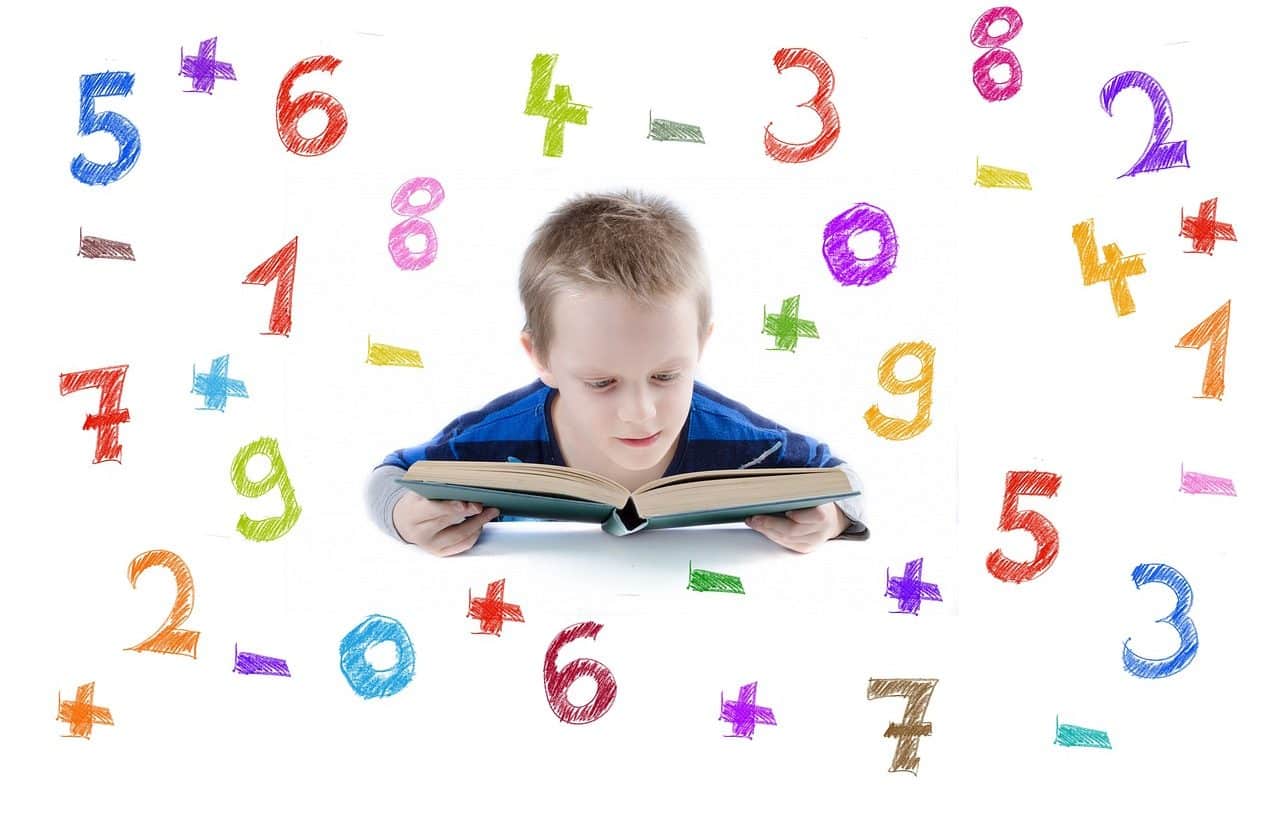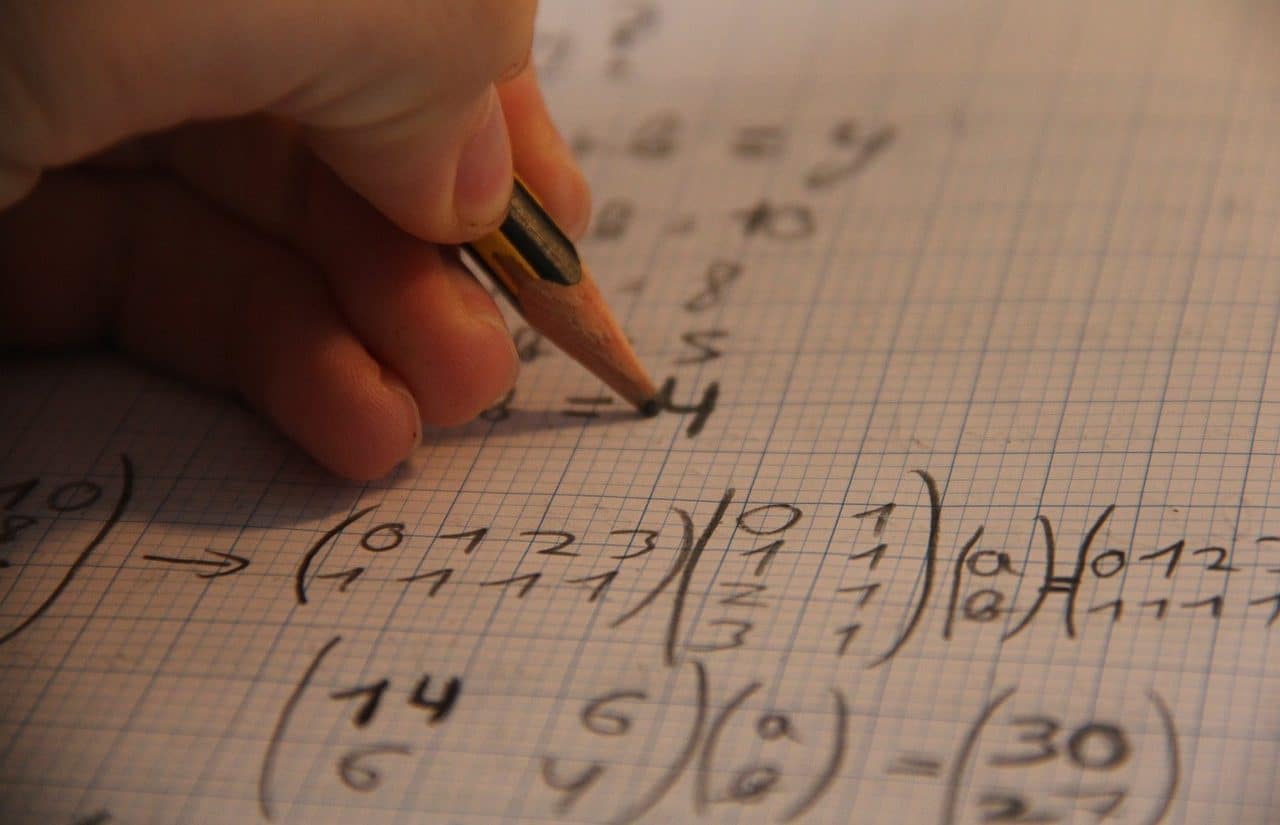
The associative property applies to multiplication and addition.
Associative property is a concept that appears in the context of algebra and is applied to two types of operations: addition and multiplication . This property indicates that, when there are three or more figures in these operations, the result does not depend on the way in which the terms are grouped .
This means that, regardless of how the different numbers in the operation are put together, addition or multiplication will offer the same result. Grouping, therefore, has nothing to do with the result obtained.
The associative property in addition
In the case of addition , the associative property indicates that the way in which the addends are put together does not affect the result of the operation. Let's see how this property works through an algebraic expression and an example:
(A + B) + C = A + (B + C)
By replacing the letters with numerical values, we can prove the equality indicated by the associative property. If A = 8, B = 5 and C = 4:
(8 + 5) + 4 = 8 + (5 + 4)
13 + 4 = 8 + 9
17 = 17

Division and subtraction do not satisfy the associative property.
The case of multiplications
The same happens with multiplications since, in this case, the result does not depend on the grouping of the factors . If we continue working with the values from the previous example:
(A x B) x C = A x (B x C)
(8 x 5) x 4 = 8 x (5 x 4)
40 x 4 = 8 x 20
160 = 160
Since the application of the associative property in addition and multiplication has no apparent effect, doubts may arise about its usefulness. It must be considered that knowing these principles helps to thoroughly master these operations, especially when they are combined with others, such as subtraction and division; Furthermore, in these last two associativity is not fulfilled and it is through contrast that we can achieve a correct use of mathematics.

The associative property indicates that the result of an operation does not depend on how the terms are grouped.
Subtraction and associative property
Let's take the case of subtraction, to understand the limits of the associative property. If we observe, for example, the equation 4 – 2 – 6 = x and we solve it intuitively, performing the operations from left to right, the result we will obtain is -4 , since 4 minus 2 is 2, and 2 minus 6 is, effectively, -4. But what would happen if we tried to apply the associative property just as we did in the cases of addition and multiplication? As we will see below, the reality is very different with subtraction.
If, instead of subtracting each of the values directly, we decide to group them so that we must subtract the result of 2 minus 6 from 4, that is, 4 – (2 – 6) = x , the equation would result in 8 . How is it possible that placing just two parentheses changes the result so drastically? Let's see step by step the development of the calculations: we carry out the subtraction (2 – 6) and we obtain -4 , so the aspect of the equation becomes 4 – (-4) ; Before proceeding, it is important to remember that when eliminating the parenthesis we must alter the minus sign and replace it with a plus, that is, the final equation is 4 + 4 , the result of which is, in effect, 8 .
The division
Likewise, if we take the equation 24 / 3 / 2 = x , the result we obtain if we do not alter its form is 4 , since 24 divided by 3 is 8, which divided by 2 gives us 4. If, on the other hand, we decide to put To test the affinity of division with the associative property, we will quickly realize that it is null. The result of 24 / (3 / 2) = x is 16 , since 3 divided by 2 is 1.5, and 24 divided by 1.5 is 16.
These equations make it clear that the associative property cannot be applied to either subtraction or division. Doing so alters the result.
Examples of associative property
To complete the article, we will analyze different examples of associative property. Of course, these numbers could be replaced by others of the same nature or condition and the logic would remain the same.
Multiplication and addition of real numbers are associative. In this way, it is possible to omit the groupings that are made using parentheses. For example, 2, 14 and 538 are real numbers and therefore the associative property can be applied to them in multiplications and additions.
2 + 14 + 538 = 2 + (14 + 538)
16 + 538 = 2 + 552
554 = 554
—
2 x 14 x 538 = 2 x (14 x 538)
28 x 538 = 2 x 7532
15064 = 15064
Negative integers are also part of real numbers, thus complying with associativity:
-3 + (-25) + (-476) = -3 + [(-25) + (-476)]
-28 – 476 = -3 + (-501)
-504 = -504
—
-3 x -25 x -476 = -3 x (-25 x -476)
-75 x -476 = -3 x -11900
-35700 = -35700
An important issue to consider is that those expressions that present associative operations and, in turn, non-associative operations result in expressions that are not associative .
Another interesting aspect to mention is that addition and multiplication, in addition to being associative, are commutative: it is possible to modify the order of the operands without changing the result. However, there are other operations that are associative but do not always have commutativity: this happens with the product of matrices and with the composition of functions , to point out two examples.
Finally, it must be emphasized that categories, semigroups and other algebraic structures explicitly require that each binary operation be associative.
